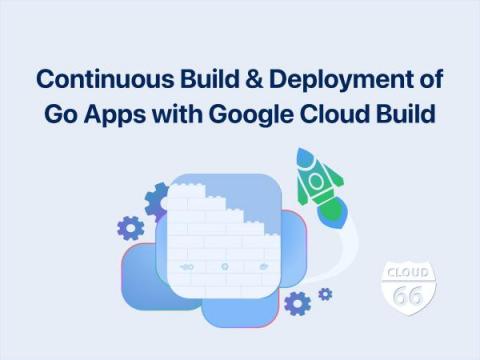Making Go errors play nice with Sentry
Here at incident.io, we provide a Slack-based incident response tool. The product is powered by a monolithic Go backend service, serving an API that powers Slack interactions, serves an API for our web dashboard, and runs background jobs that help run our customers incidents. Incidents are high-stakes, and we want to know when something has gone wrong. One of the tools we use is Sentry, which is where our Go backend send its errors.











